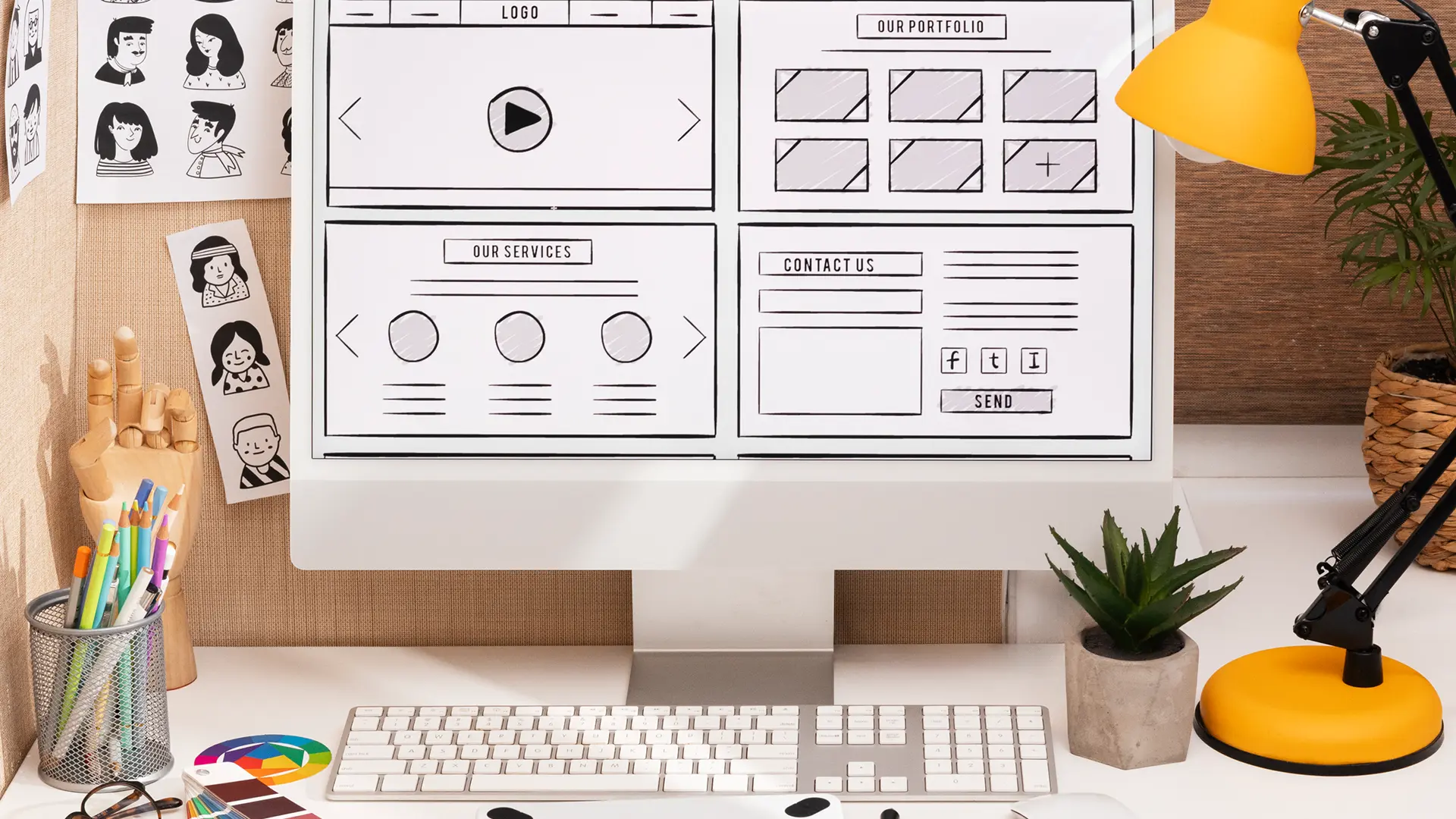
Trust is one of the most powerful currencies in the digital world. No matter how sleek your website looks or how strong your marketing campaign is, if visitors don’t trust you, they won’t buy from you. Online, where customers can’t meet you in person, design plays a critical role in building credibility and turning clicks into conversions.
Why trust matters in digital design
When users land on your website, they make split-second judgments. Studies show that people decide within 0.05 seconds whether they find a site trustworthy. Design choices — from colors and layout to typography and imagery — directly influence that decision.
A trustworthy design reassures visitors that your brand is reliable, professional, and safe to engage with.
Key design principles that build trust
1. Clean, consistent design
Cluttered pages and inconsistent branding can signal carelessness. A clean layout, with plenty of white space and a consistent color palette, helps users feel comfortable and focused.
2. Mobile-first experience
If your site doesn’t work smoothly on mobile, users will leave instantly. Responsive design ensures that trust isn’t broken the moment someone switches devices.
3. Fast loading speed
A slow site frustrates users and makes them question reliability. Optimizing performance builds confidence that your business is modern and dependable.
4. Clear navigation
People should know where they are and how to find what they need at all times. Simple menus, intuitive structure, and clear calls to action create a seamless experience that feels professional.
5. Social proof and testimonials
Showcasing customer reviews, case studies, or recognizable brand partnerships signals that others trust you — which makes new visitors more likely to do the same.
6. Secure design
HTTPS, visible privacy policies, and clear payment security markers are essential for online transactions. Users won’t buy if they don’t feel safe.
7. Authentic imagery and content
Stock photos and generic copy can look fake. Real images, real stories, and clear messaging go much further in building genuine connections.
The psychology behind trust-based design
Trust is built when users feel safe, understood, and valued. Design choices that reduce friction, highlight authenticity, and make interactions smooth create positive emotions. And emotions, in turn, drive purchase decisions.
In digital spaces, design is more than aesthetics — it’s a signal of credibility. A website that loads fast, looks professional, and showcases real proof of reliability doesn’t just attract visitors; it converts them into customers.
Trust is invisible, but its effects are powerful. By applying these principles, you’re not just designing a website — you’re designing confidence.

